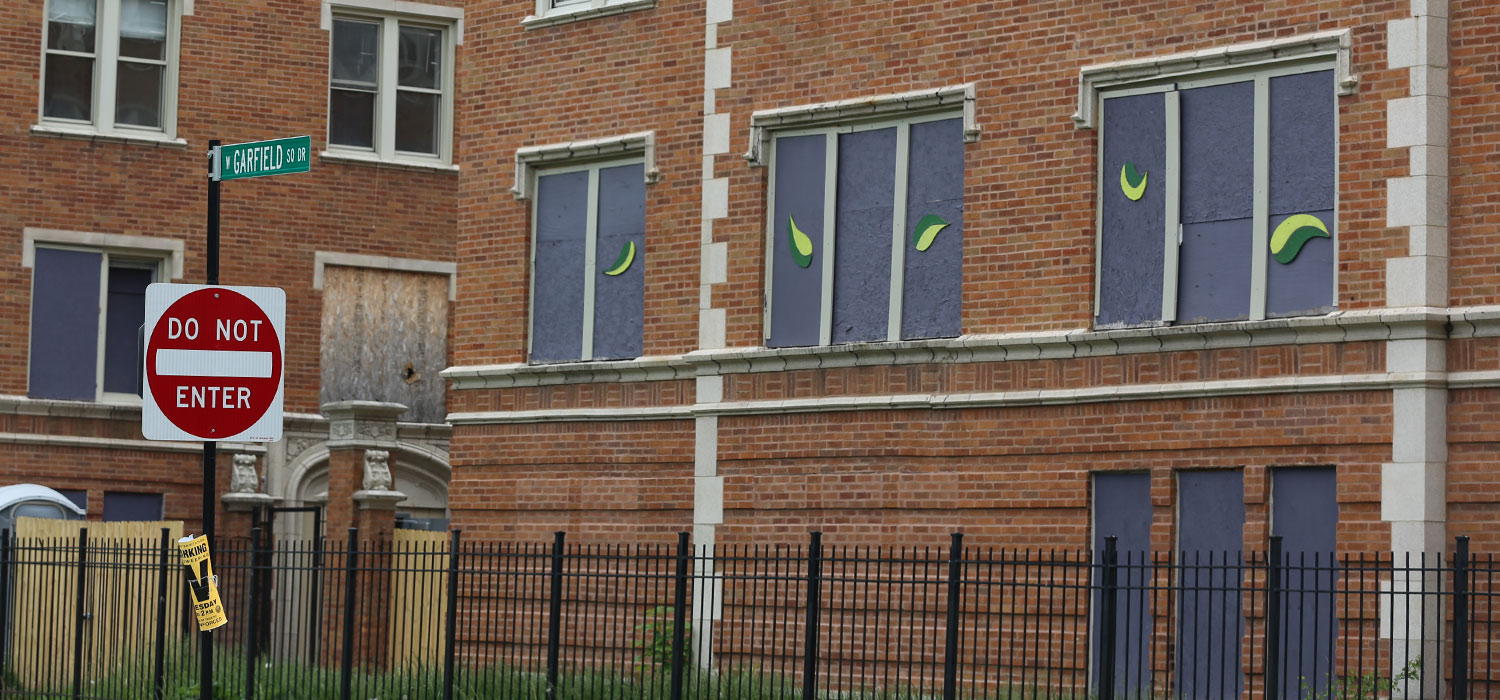
<p>Photo by Matthew Johnson</p>
During his recent, historic visit to a federal prison, President Obama pointed to a lack of resources and social support systems as the key difference between those who find themselves behind bars and those who don’t. Gaps in resources and support only grow wider once men and women spend time, sometimes years, in prison.
Safer Return, an ambitious prisoner reentry program in Chicago, brought families, their community, and a variety of supportive services together to confront the many challenges that inmates face upon returning home. Urban Institute’s expert Jocelyn Fontaine, who was one of the lead evaluators of Safer Return’s implementation and impact, answers pressing questions about how to better support this population.
Q: An active national conversation about reducing mass incarceration is happening right now, particularly in light of the first presidential visit to a federal prison. How does prisoner reentry fit into this larger criminal justice conversation?
A: It’s important that the conversation is about mass incarceration right now because I think our goal should be no entry and then we won’t have to deal with reentry. In fact, reentry is so tough because we have people with challenges and skill deficits going into prison and then coming out even worse off. Of course, it’s even harder to serve them and get them back on the straight and narrow after they come home from prison than it would have been had they never been there.
But the reality is, if the president keeps commuting sentences (which I applaud), all of those people have to reenter. So even those 46 folks whose sentences were commuted because they were low-level drug offenders, they still have to go through this process of reentering society. So what are we going to do for them? In their moment of release—this moment of opportunity—they have to stand outside of those prison walls and do something. What is it that they’re going to do and how are we supporting them so they’ll be successful?
Q: In their moment of release, what do people need to be successful?
A: In general, we’re talking about people that we’ve all, collectively, done a disservice to. Successful reentry isn’t a job. It isn’t a house. It’s all of these things. We have to be willing to reengage with them, willing to include their families and their communities. When I look at the experiences of folks that are in our sample, it’s sobering. We’re talking about people with overlapping disadvantages. Many have limited employment histories and very limited educations; they’re living in families and neighborhoods with limited education and limited employment. We don’t just need more jobs, or more housing, or more treatment beds, or more community development. We need all of those things.
Q: Can you describe Garfield Park, the community that the 727 men and women participating in Safer Return call home?
A: Garfield Park is one of the neighborhoods in Chicago with high crime that receives a significant number of the people that are coming home from prison. But there are a lot of Garfield Parks across the country. There are a lot of places grappling with significant levels of disadvantage and limited opportunities for the people that are living there. These neighborhoods are dealing with high crime and a lot of unemployment. After the 2008 housing crash, there are a lot of vacant and abandoned homes as well. Garfield Park is one of those places, but that’s not unique to the city of Chicago.
Q: What were some of Safer Return’s successes?
A: It helped in getting people jobs. And that makes a lot of sense given that Safer Foundation’s mission for a very long time has been to connect people with criminal records to jobs. So that worked, they were able to get people jobs and they were able to get them into higher paying jobs. That is its own success, but that’s also related to recidivism as well. To the extent that we can get more people jobs, it’s logical to think that we can keep more people out of prison because they’re more gainfully employed, more connected to positive activities like getting up, going to work, and staying out of trouble.
Q: What procedures or policies should be put into place to improve the reentry process?
A: State correctional departments should make it their policy that they care about reentry, and some already do. Departments need to figure out what they can do, at minimum, to reduce the information barriers on an individual basis so that formerly incarcerated people know where they can go for housing, employment, and other resources when they leave prison. With our system right now, we rely overwhelming on individuals’ internal motivation and they rely on their families and social networks for information. For the folks whose families and friends are facing some of the very same challenges, that’s not a good model.
And to the extent that we don’t get reentry right, we all pay. We all pay with more arrests, with more reconvictions, with having people cycle in and out of institutions. So we all should care. It’s a billion-dollar industry and I for one would like to see us spend a great deal little less on it.
Let’s build a future where everyone, everywhere has the opportunity and power to thrive
Urban is more determined than ever to partner with changemakers to unlock opportunities that give people across the country a fair shot at reaching their fullest potential. Invest in Urban to power this type of work.